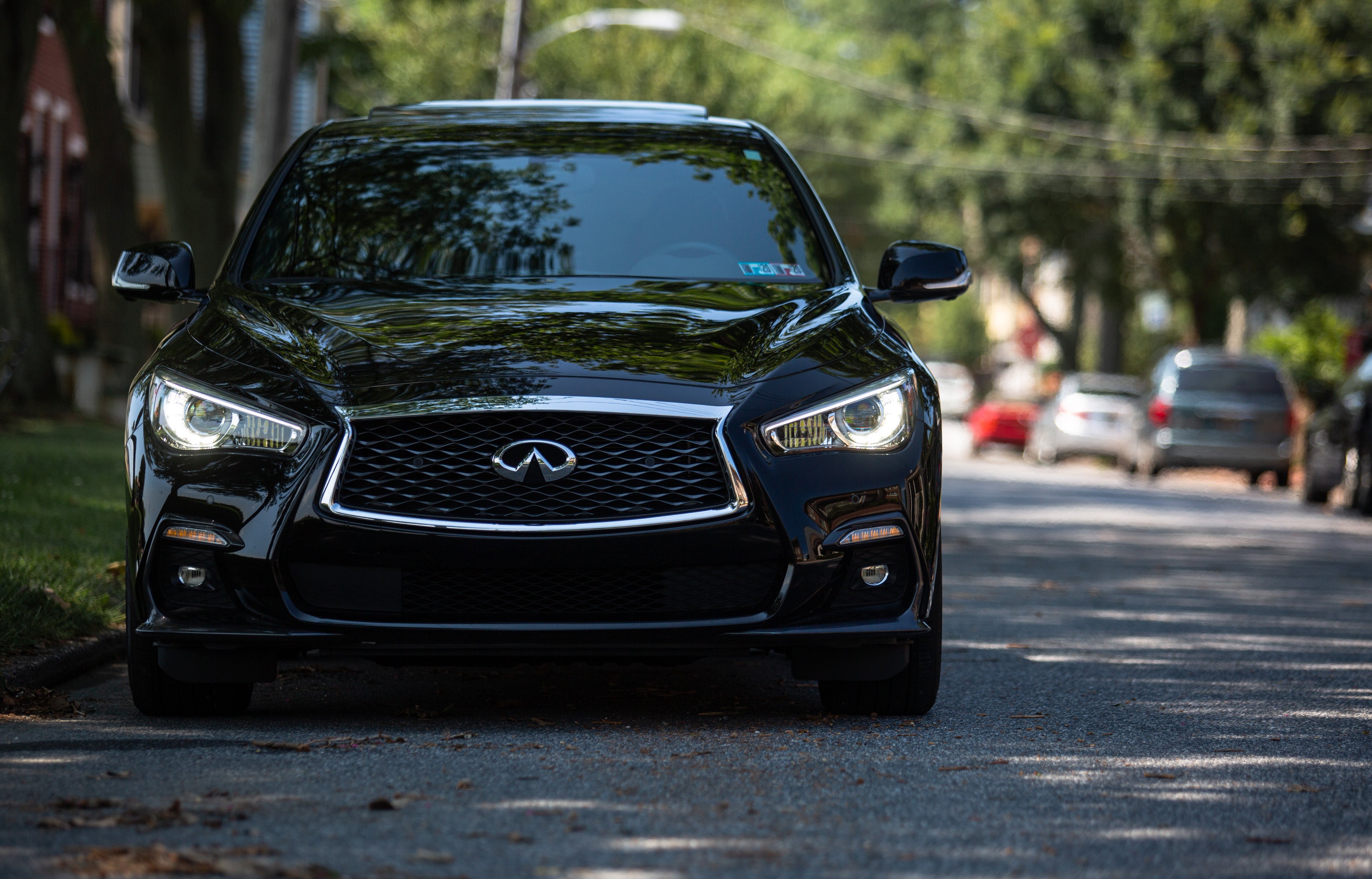
Cool Under Pressure - Performance Heat Exchanger R&D, Part 2 - Design Plans
When you put your foot down in the Q50, or any car for that matter, the force that shoves you back in the seat isn't just the work of one or two things, but rather the wonderous team effort of hundreds of moving parts. From the gears turning, the crank spinning the pistons, to the coolant gushing through the cooling and intercooling systems, this collaboration results in the harmonious sound of the VR warble and powerful forward thrust.
It's no secret that enthusiasts like us want to pile more on to that acceleration. Once we dug into our donor vehicle, we found that the stock heat exchanger can be the weak link in the chain pulling the Q50 forward, and leaves something more to be desired. After some preliminary R&D, we determined just what needs to be done with the heat exchanger to bring it all together.
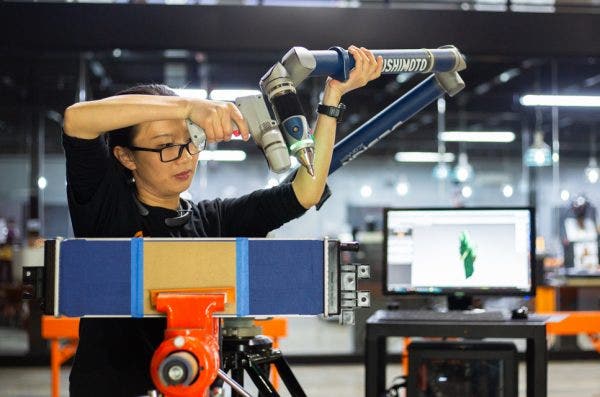
Bigger is better. When it comes to improving any form of heat exchanger, this mantra typically rings true. More volume and a larger surface area are both methods for transferring heat more efficiently, and when it comes to the Q50's intercooling system radiator, we opted for both.
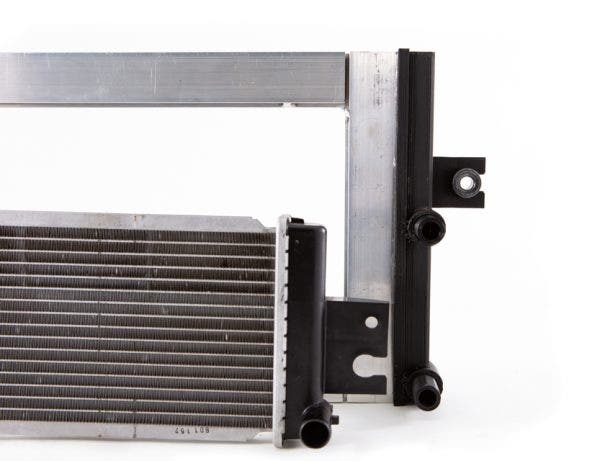
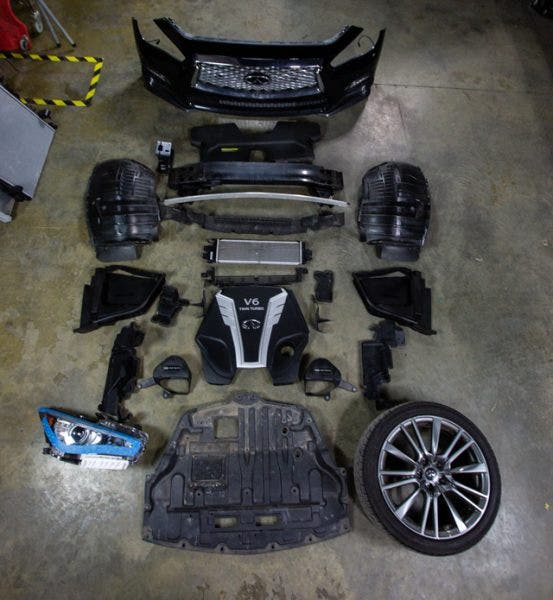
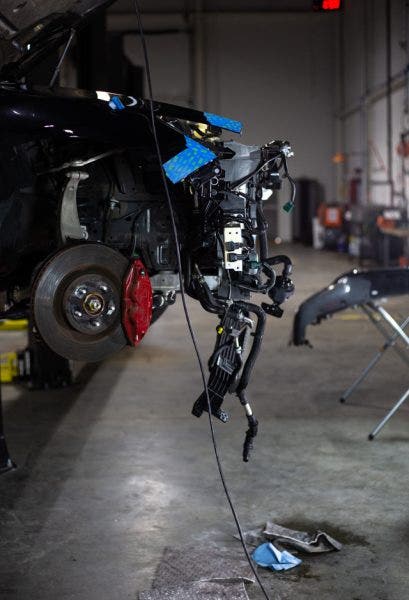
Once we peeled back the Q50's skin, we found that there was plenty of room to expand into, and Ye wanted to take full advantage of that. Our plan is to let this heat exchanger sprawl across the front of the vehicle and take up the unused real estate. Core thickness is where we did hit a slight snag, however.
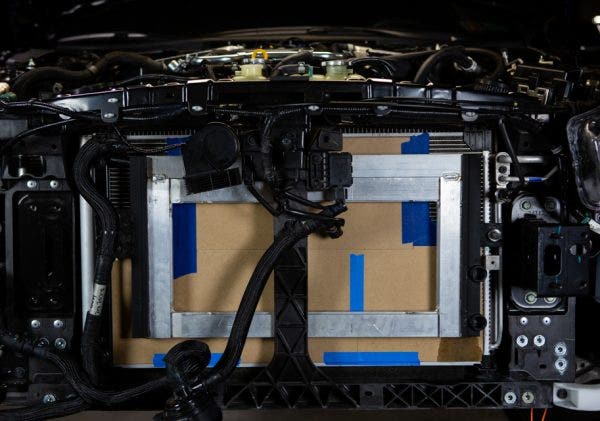
Infiniti utilizes a center support beam to cage the front cooling stack. The stock heat exchanger fits behind this beam since it's not extending down as far, and it's slightly thinner than our planned design. Ye is still planning on adding a few millimeters to the core design to squeeze in the extra cooling power. She also has a trick up her sleeve to allow the heat exchanger to slide in easier.
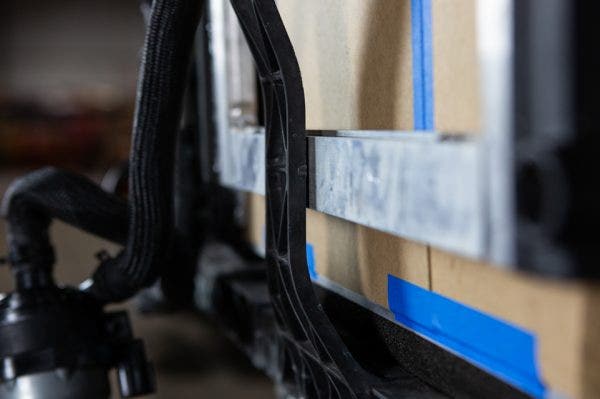
A larger core means larger end tanks. We have that covered too. Our fitment prototype might be sporting plastic, 3D printed end tanks, but our final version will be equipped with a sturdier set of all aluminum tanks, improving the overall look of the intercooling system and giving it a substantial boost in durability.
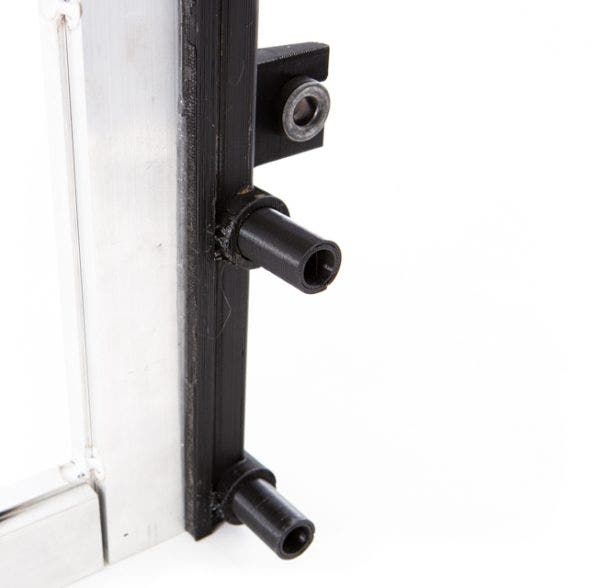
For those keen observers, you might have noticed that our prototype has two outlet ports. There is a reason behind this. When it comes to radiators, the most efficient means of cooling is by a corner-to-corner flow. However, there is a concern about putting too much stress and wear on the pump (or pumps if you have the S or Red Sport trim). Because of this concern, our engineering team wanted to make sure that we cover our bases and see that we're achieving the best flow without causing any future issues with the pumps.
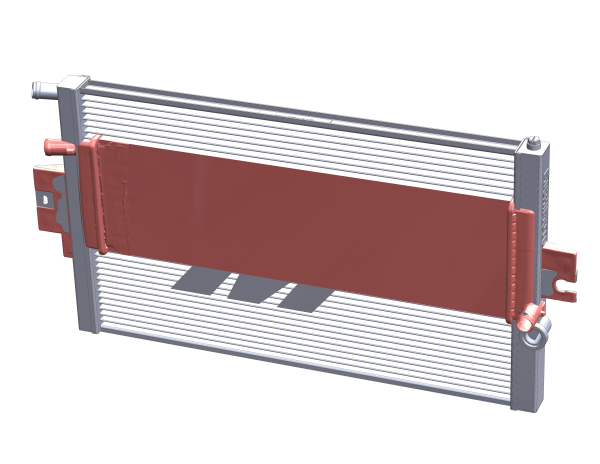
Showtime is quickly approaching for the Q50's heat exchanger, but we're confident that we have had plenty of rehearsal time. Make sure to keep your eyes on the horizon for more updates, and a look at our heat exchanger in the flesh.
Thanks for Reading!
-Nick










